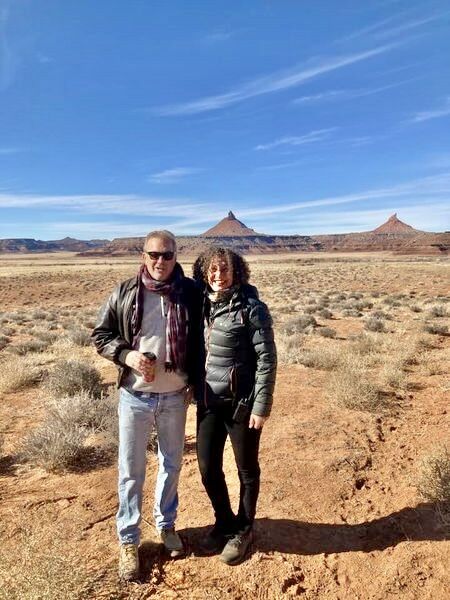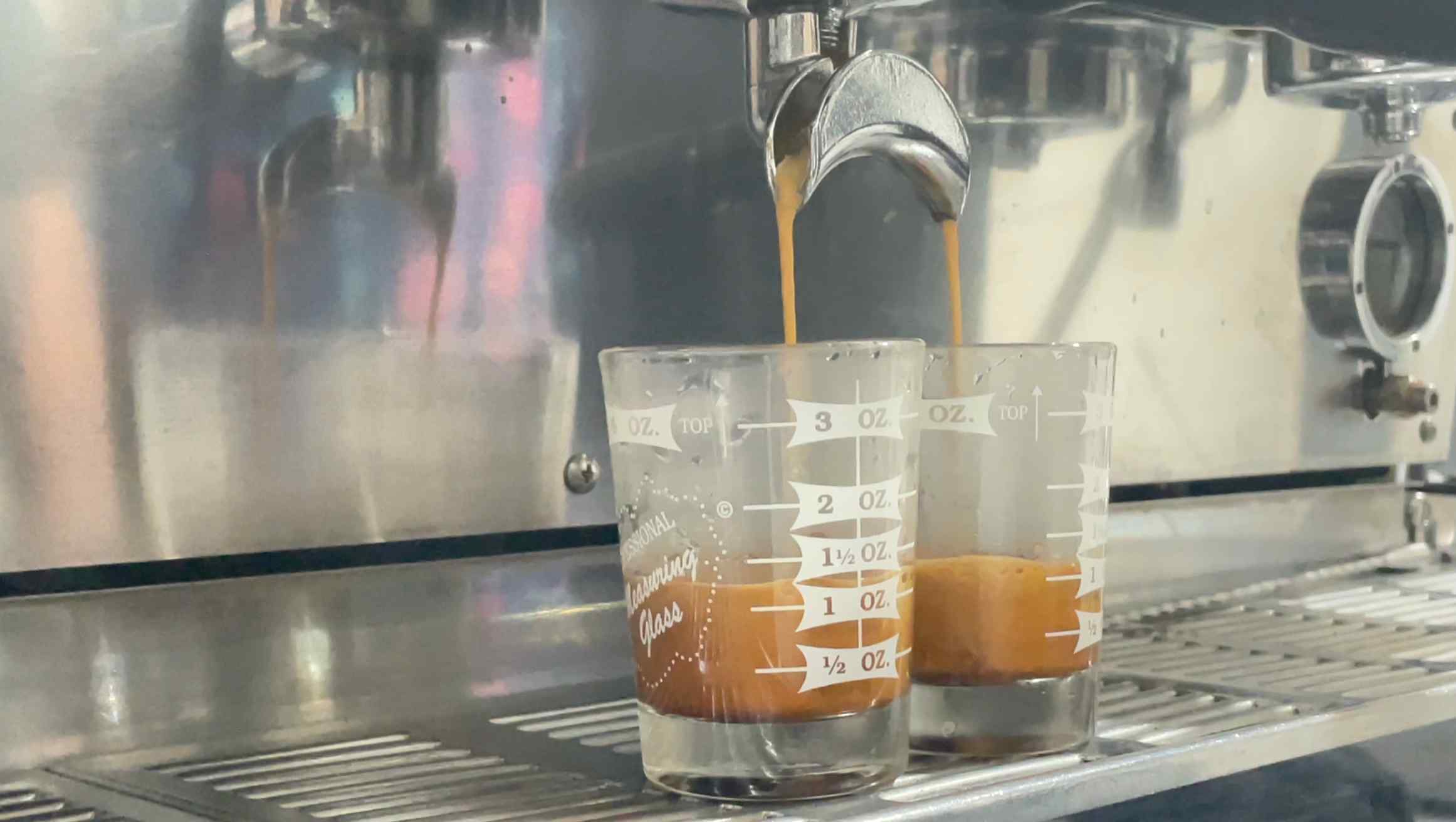The movie camera loves Southeast Utah. The cliffs and canyons of Grand and San Juan counties have played a role in memorable movie scenes through the decades: young Indiana Jones following treasure-hunters into their secret hideout in Arches National Park; Thelma and Louise taking their last ride with Dead Horse Point State Park starring as the Grand Canyon; Forrest Gump running through Monument Valley; Ethan Hunt pulling off mind-boggling moves while scaling a high cliff face, also in Dead Horse Point State Park.
The film industry is still important in the Moab area, bringing economic value outside the tourism sector, and a bill passed by the state legislature in the 2022 general session may give it a boost. Actor and director Kevin Costner lent his support to Senate Bill 49, which offers improved incentives for film projects located in rural Utah. Governor Spencer Cox allowed the bill to become law without his signature.
The impact of film
Bega Metzner, director of the Moab to Monument Valley Film Commission, said she’s excited at the prospect of the increased incentive.
“It’s a big deal,” she said, adding that she contacted officials in support of the bill and asked the Grand County Commission to support it as well. The film industry can be a low-impact, high-benefit boost to the local economy, she said.
“What they leave is money; that’s pretty much it,” Metzner said during a presentation to the Grand County Commission in June of 2021. “They come, they leave money, they go.” Often productions are operating under a permit from a land management agency or local government entity that monitors their behavior. Productions also often hire locals as crew or extras.
Metzner said that it’s hard to keep track of data that shows the full economic impact of the film industry in Grand County. If she’s working with filmmakers, she can ask for information like how many nights they’re spending in Moab hotels, how many local crew members are being hired, or how many meals they’re having catered by local businesses. She can also keep track of how many film permits are issued by land management agencies.
At the June meeting, Metzner reported on several projects that had taken place in the region last year: one production spent $200,000, another $500,000, another $575,000, another $120,000. There have been other projects whose economic impacts are unknown. Most of the projects filmed near Moab in recent years have been commercials. If a project doesn’t spend at least $500,000, it’s not eligible for tax rebates and not required to go through the film commission or keep track of expenditures, so their economic impacts aren’t necessarily reported.
Statewide, the film incentive brought $614.1 million to Utah between 2017 and 2021, according to a study commissioned by the Motion Picture Association of Utah and conducted by the consulting company Olsberg SPI. Revenues come from direct spending, supply chain, and subsequent wage effects. The study also found that about a quarter of Utah filming days over the last five years took place in rural locations. San Juan County Commissioner Bruce Adams wrote an opinion piece for Deseret News in favor of the increased tax incentives, arguing that while he’s not in favor of government subsidies in principle, he sees the increase on the film incentive for rural Utah as a way for those counties to stay competitive as film destinations.
Incentives are a key consideration in deciding where to shoot a film project. The same study found that without an incentive program, many projects that chose Utah as a location would have gone elsewhere.
“All production companies based outside Utah indicated that no production would have happened in state without the incentive, indicating how important the incentive is for attracting investment into the state,” the report says.
However, the report also notes that Utah has one of the lowest rebate offers of the 34 automatic incentive programs in the U.S. The study looked into projects that considered shooting in Utah and ultimately decided to go elsewhere; researchers found that those projects had budgets totaling $216 million in 2018 and $207 million in 2019 (the total decreased to $70 million in 2020, likely due to COVID-19 shut-downs).
Utah’s incentive
Utah’s current film incentive offers a 20-25% rebate of taxes on production expenditures for certain types of film projects that spend over $500,000 in the state, with a rebate cap of $8.3 million. SB 49 would boost that amount to $12 million for productions that do at least 75% of their filming in rural Utah. “Rural” is defined as 3rd, 4th, 5th and 6th class counties. Grand is a 5th class county, with about 9,600 residents. Summit County, the location of Park City, is a 3rd class county, with about 42,000 residents, so it also falls into the “rural” category as defined by SB 49. It’s also home to Utah Film Studios in Park City, the state’s largest filmmaking facility.
SB 49 measure received some high-profile support from actor and director Kevin Costner, who stars in the popular show “Yellowstone.” Most of the first three seasons of the series was filmed in Utah, before the whole production moved to Montana to take advantage of more attractive incentives. Costner told media outlets that he has a large-scale project of his own that he plans to film in Utah, now that the increased film incentive is in place.
Metzner has met with Costner to discuss his possible interest in shooting locations in Southeast Utah; she’s dropped hints on the Moab to Monument Valley Film Commission Facebook page that the region could be on Costner’s list, though no decisions are finalized. Costner’s not the only one with an eye on Utah’s new incentives. Metzner recently attended the SXSW Film Festival in Austin, Texas, and she said people in the industry have approached her with curiosity about the bill.
“Now we’re more competitive,” Metzner said. “Not as competitive as other states might be, but people are really interested.”




